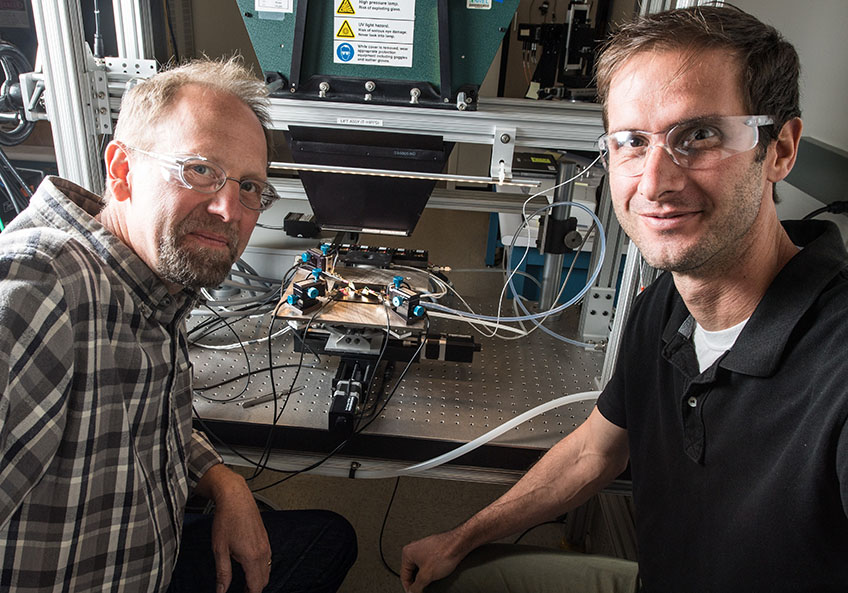From pv magazine global
Researchers from the U.S. Department of Energy’s National Renewable Energy Laboratory (NREL) have developed a six-junction III–V solar cell with a 47.1% conversion efficiency rate under 143 Suns concentration.
They said that they have achieved an efficiency rate of 39.2% under one-sun illumination. The cell is based on six different photoactive layers fabricated with alloys of III–V semiconductors, which can each capture light from a specific part of the solar spectrum.
“The device contains about 140 total layers of various III-V materials to support the performance of these junctions, and yet is three times narrower than a human hair,” the scientists said.
The cell could be used in concentrator photovoltaics and has the potential to reach a 50% efficiency rate, they added. However, resistive barriers inside the cell impede the flow of current, which is the main obstacle to achieving the 50% target, they acknowledged in Six-junction III-V solar cells with 47.1% conversion efficiency under 143 suns concentration, which was published in Nature Energy this week.
In June, other NREL researchers – in partnership with scientists from the Korea Advanced Institute of Science and Technology – demonstrated a way to produce gallium arsenide (GaAs) solar cells with a reusable germanium substrate. NREL has also worked with Chicago-based Microlink Devices in the past to produce a three-junction cell with a record-setting 37.75% conversion efficiency rate.
The cost of producing solar cells based on compounds of III-V element materials – named according to the groups of the periodic table they belong to – has thus far limited such technologies to niche applications, including drones and satellites, where low weight and high efficiency are more pressing concerns than cost.
This content is protected by copyright and may not be reused. If you want to cooperate with us and would like to reuse some of our content, please contact: editors@pv-magazine.com.









By submitting this form you agree to pv magazine using your data for the purposes of publishing your comment.
Your personal data will only be disclosed or otherwise transmitted to third parties for the purposes of spam filtering or if this is necessary for technical maintenance of the website. Any other transfer to third parties will not take place unless this is justified on the basis of applicable data protection regulations or if pv magazine is legally obliged to do so.
You may revoke this consent at any time with effect for the future, in which case your personal data will be deleted immediately. Otherwise, your data will be deleted if pv magazine has processed your request or the purpose of data storage is fulfilled.
Further information on data privacy can be found in our Data Protection Policy.